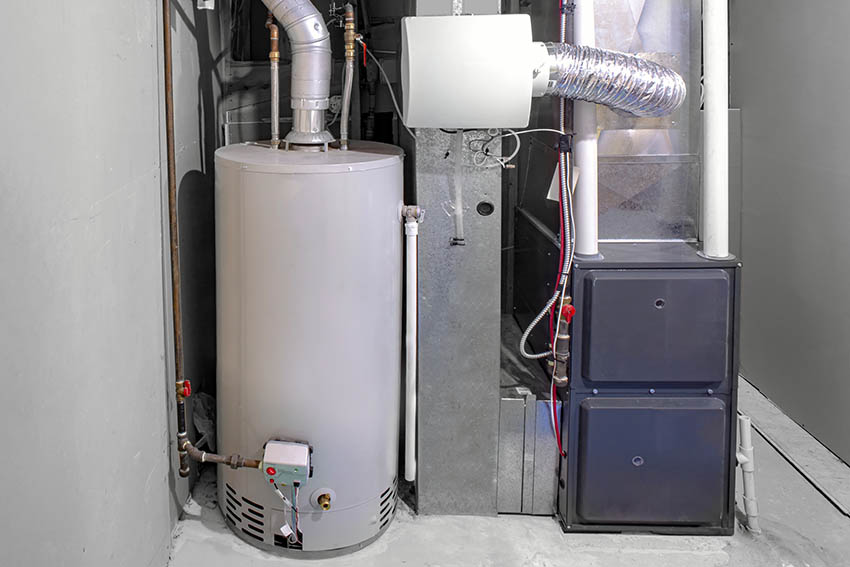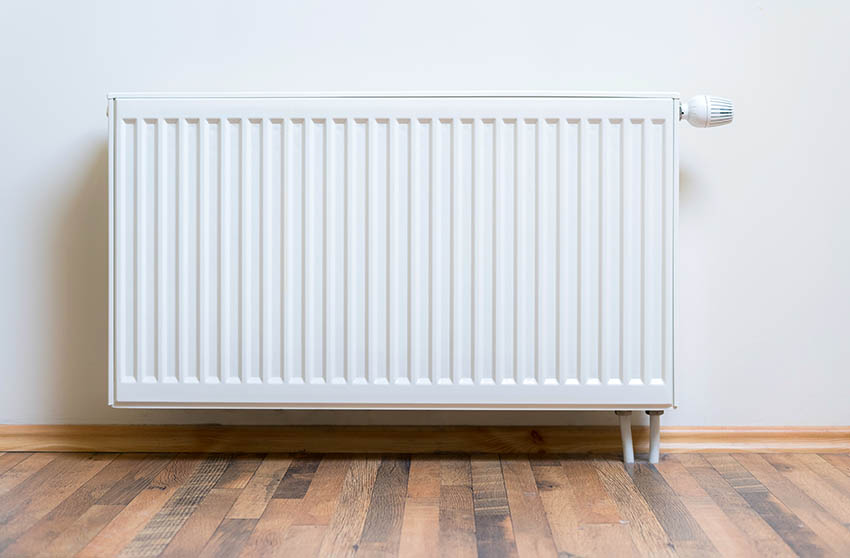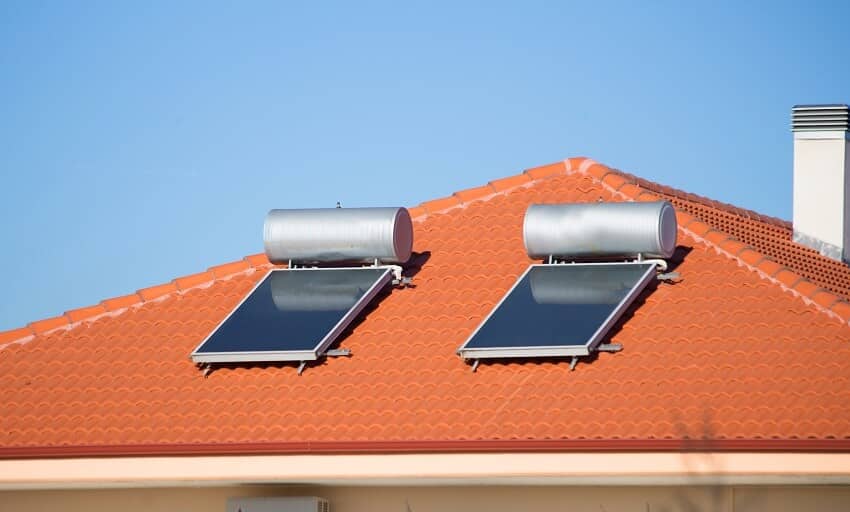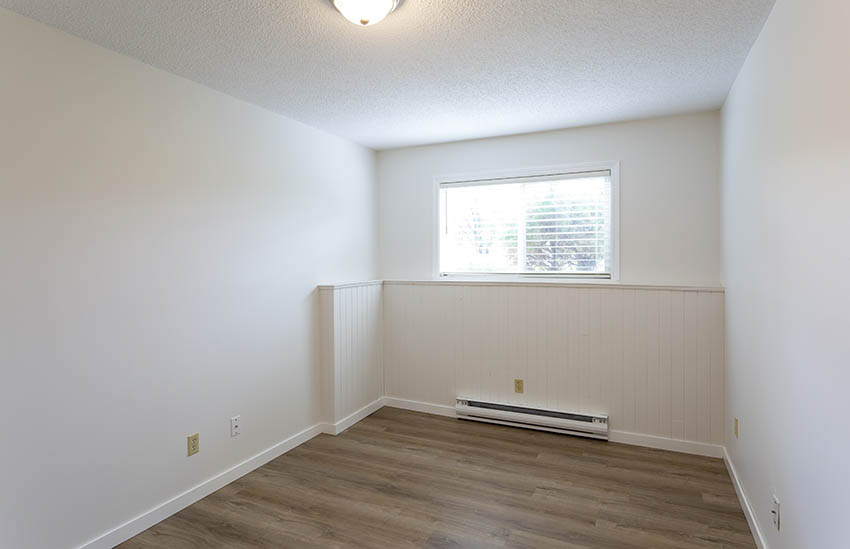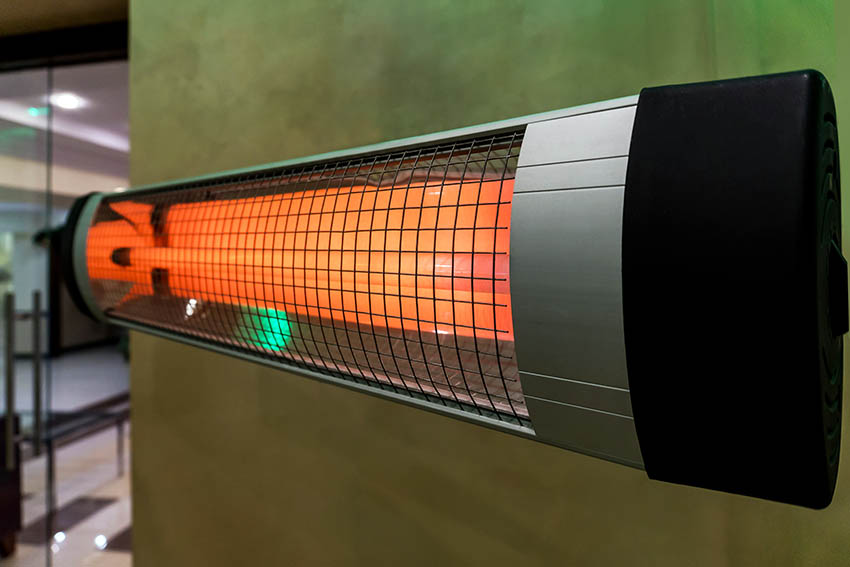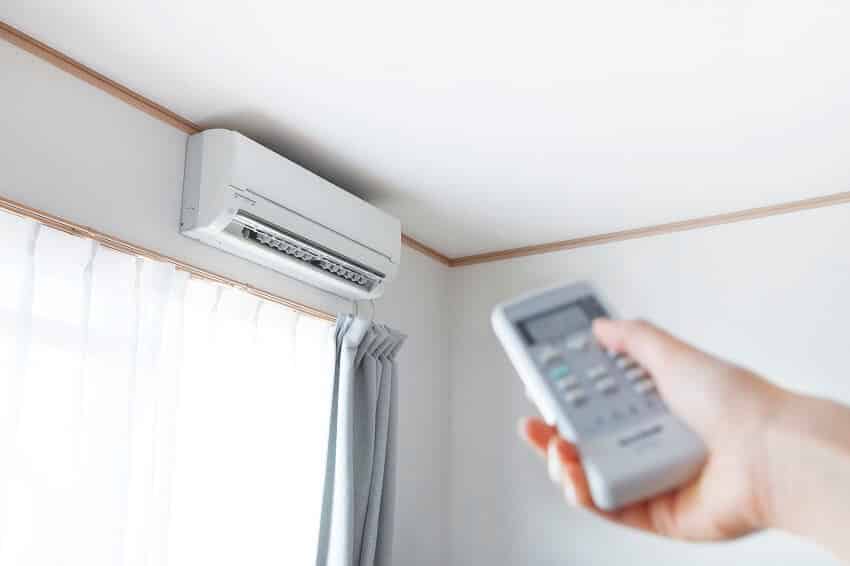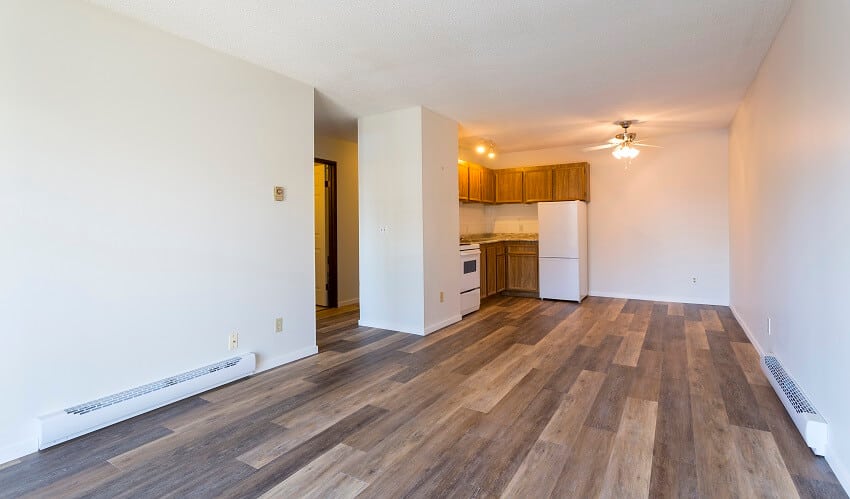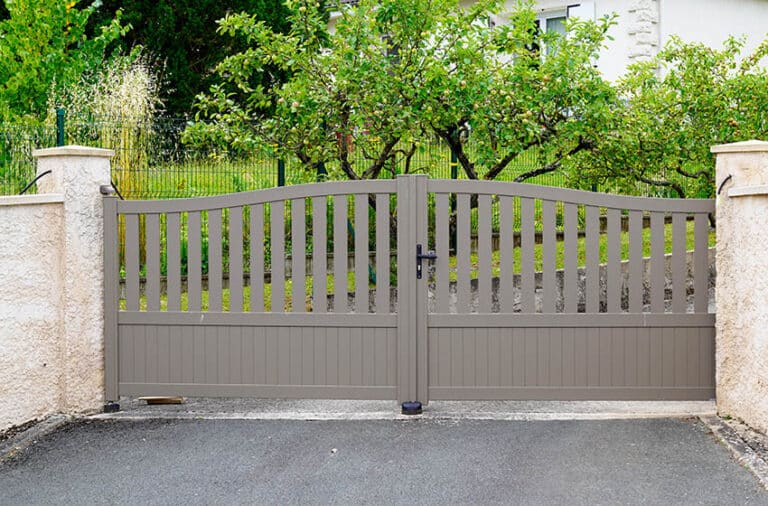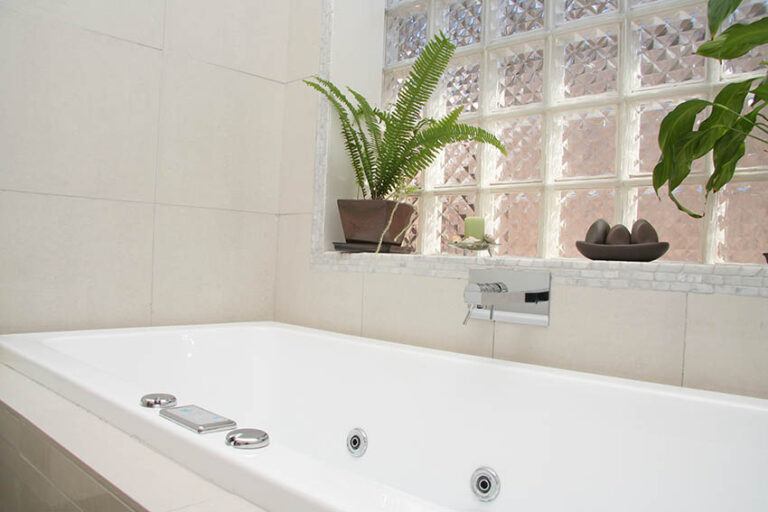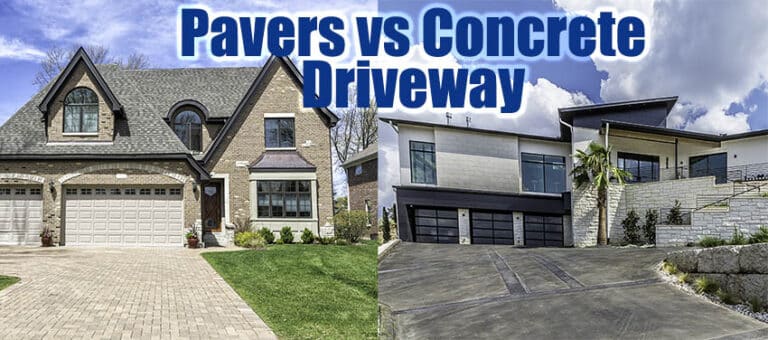Replacement Options for Baseboard Heaters: 10 Effective Alternatives

For a lot of homes, especially the fairly older ones will most likely be equipped with a baseboard heater. This heating system runs along the walls of the rooms in a house and gives off heat during the colder days or seasons. Although it’s great for providing heat, one major downside is that it can take up a lot of space. It also isn’t all that energy efficient and it is because of these reasons that homeowners who have baseboard heaters in their homes are always looking out for alternatives.
Getting your old baseboard heating system replaced might initially sound like a challenge but it will surprise you how easy it actually is. Choosing a new heating system will make so much more sense in terms of cost and energy usage, and also more suitable for your specific needs. Here are a few alternatives to baseboard heaters that just might work out for you and your home.
Baseboard Heater Replacement Options
Although baseboard heaters were very popular at one time, the market is now equipped with far more modern central heating solutions. Some of these options are cheaper and readily available. This can make your old baseboard heaters seem outdated when maintaining efficient heat for your living spaces.
Ductless Heat Pumps

Ductless heat pumps are one of the most popular alternatives to baseboard heating in the home. This is convenient and fairly attractive for homeowners who want to save up to 50% on their electric bills. These pumps are considered as an upgrade from baseboard heating systems because they take up less visible space while providing better heat in the home all throughout.
This is because ductless heat pumps are compact. They are also very quiet when they operate. They can deliver both heating and cooling by way of the refrigeration lines connected to both the indoor and outdoor units. They aren’t an eyesore to have in the space and they don’t get in the way of you placing your furniture pieces properly inside the room that they’re in.
Ductless heat pumps are also standalone units. This means that they give you a bit more control when it comes to the temperature you want a specific room to have. They can only heat one or two areas in a house at any given time. This gives you a more accurate temperature in a faster amount of time. They’re typically placed high up on the wall, usually beyond eye height.
High-Efficiency Furnace
A high efficiency furnace might at first sound like a really intimidating option but it actually isn’t all that scary when you come to think of it. A new furnace could help you cut so much energy consumption compared to your past heating systems. You could even end up using as much as 30% less energy.
Fuel and energy savings aside, there are other benefits that can come along if you switch to a high efficiency furnace as your heating system of choice in the home.
If you have a baseboard heater at home, you probably know hands down how noisy they are when they’re in use. High efficiency furnaces, on the other hand, are quieter options. They produce way more heat more consistently while keeping the noise levels down. A furnace or forced air system blows heat through ducts that circulate air through registers or floor grills. It’s hands-down a win-win.
Underfloor Heating
If you hate the feeling of having to walk barefoot on cold floors, then underfloor heating just might be for you. One excellent alternative in place of baseboard heats is underfloor heating. This system heats the floor up in your home. Typically, it will produce around 12 watts or so of energy per square foot. This is efficient enough to heat up most rooms in the home.
Underfloor heating doesn’t use more electricity compared to baseboard heaters, as opposed to the common myth. They actually consume less energy. This system transforms your entire floor space into its main heating source. This makes it very efficient and useful in the home and this is a huge advantage it has over the typical baseboard heating system.
Wall Heaters
Wall heaters are great if you have rooms in the house that you’d like to heat up quickly. They have fans that circulate the hot air all throughout the room more efficiently. Baseboard heaters, on the other hand, just rely on the natural convection process so the heat distribution isn’t as fast. And because wall-mounted heaters heat up a room much faster, it means that you’ll also end up consuming less energy in the process.
They’re also far more compact. They don’t take up a lot of wall space so this is a huge advantage when compared to baseboard heaters. This means that you’ll have a little more flexibility when it comes to the arrangement for your furniture.
Infrared Heaters
If you know the basic operating principles of the sun, that’s pretty much how infrared heaters work. How they work is that they emit infrared rays. These rays strike or hit various objects in the space. This facilitates heat transfer and eventually warms up the space. This makes infrared heaters efficient because they function in more or less the same percentages, regardless of the temperature of the environment that you’re in.
Infrared heaters convert 100% of energy they receive and turn it into heat. This technically means that there are no heat losses at all in the process. This is because unlike baseboard heaters, infrared heaters don’t warm the air up with heat. Rather, they emit heat directly out into the environment.
These heaters also will not dry up the space that they’re installed in. You won’t be dealing with issues such as eye, skin, or throat irritations that might come up from dry air environments. This means that infrared heaters are healthier as they don’t deplete the humidity in the room.
They also require very minimal maintenance. They have no air filters, no moving parts, and require zero lubrication and replacement parts. They also don’t have motors that will wear out over time.
They work quietly as they radiate heat, not emit or blast them out into the air. And lastly, they use a lot less power. Infrared heaters only use about 0.28 to 0.8 kilowatt per hour, as opposed to the usual heating systems which consume 2 kilowatts per hour or more.
Solar Heating System
Solar heating systems are one of the most advanced ways to heat up the home. This is mainly because solar heat is derived from solar energy which is friendly to the environment. You don’t have to run up a high electricity bill just to get the perfect temperature in your home. Although to put in a word of caution, they can be quite costly to get started with.
How solar heating works is that it uses solar energy to raise the temperature of fluids in the system. This heat is transferred to a storage system for future use. This energy is created with the use of a solar connector. This connector capture’s the rays of the sun to then heat up the air inside the home. This is a system that can save you a lot of money in the years to come.
Energy costs are constantly on the uptrend and having solar heating means that you will never have to worry about it anymore. This is, of course, after you’ve made the fairly high priced initial cost for the said system.
Hydronic Baseboard Heaters
Another alternative for heating up rooms or spaces in your home in place of an electric baseboard heater is with the use of hydronic baseboard heaters. This heating system is dynamic. It has an outdoor shed that’s equipped with a heated furnace. This furnace then heats up and boils water up. This radiates to the heater that then heats the air up inside the home.
The initial setup of hydronic baseboard heaters can be quite costly. However, in the long run, they can have a lot of savings in terms of the energy costs. This makes hydronic baseboard heaters well worth the expenses that they’ll incur initially.
Pellet Stoves
Pellet stoves are very efficient. But to be honest, they aren’t fancied that much by homeowners in general. They are considered as somewhat a bit archaic and don’t really appeal that much to people who lean more towards the modern hardware. Still, they’re quite efficient. They work particularly well when it comes to heating up small rooms or spaces in the house.
They’re suitable for spaces that aren’t that large. They won’t work as well for areas that have a huge amount of square footage because then, the heat distribution won’t be as even as you’d like it to be. Stove pellets use biofuels. These are usually made out of wheat, corn, wood, and the like. All of these are designed as pellets.
Radiant Heaters
Radiant heaters employ the use of electromagnetic radiation, as the name suggests. This radiation then transfers heat fairly evenly around the house by way of cables and mats installed all over the space. They can be really great alternatives to baseboard heating because they aren’t all that visible to begin with.
They’re unobtrusive. You certainly won’t have to worry about having to adjust your floor layout around them because they’re conveniently installed underneath your floors. And speaking of floors, it is for this very reason that they also happen to be quite efficient.
The entire area is heated evenly from the ground up. As you know, hot air rises so there isn’t any wastage in the flow and distribution of the hot air. And most importantly, they make zero noise. Radiant heats aren’t blasting out hot air because they’re mainly based off of electromagnetic radiation. There won’t be any noisy disturbances in your home when you have them around.
Camouflage Heating
Camouflage heating is an art in itself. This is because it employs the use of infrared rays that disperses hot air all throughout the room that you’re trying to heat up. It’s far more aesthetic compared to the rest of the other heating options out there as glass conceals it.
Camouflage heaters are concealed by a glass surface panel. These surfaces usually have various images that can be based off of your preferences. Depending on the manufacturers, you can have to up as much as 100 works of art to choose from.
This heating system is quite energy efficient. Compared to its other rivals, it uses very little energy. It usually averages out to just a range of 300 to 950 watts. This is compared to other heating options that can run up to the thousands in watt usage.
Best Alternative To Electric Baseboard Heat
One of the best alternatives you can get to electric baseboard heating would have to be ductless heat pumps. If you are looking for the benefits of having electric heat, reduce your carbon footprint, and boost energy efficiency without the actual disadvantages of electric heat, then ductless heat pumps are the way to go.
They’re energy efficient, and they can improve overall air quality. They offer flexibility as they don’t need expensive contractors and ductwork to get installed and more importantly, they can save you money both on the front and back end.
Are New Electric Baseboards More Efficient
Electric heating, in general, is a fairly modern way to provide heat in the home. They’re more efficient compared to other traditional heating systems , such as gas. Electric heaters, in general also convert 100% of their watt usage into usable heat, so essentially speaking, nothing is really ever wasted.
This means that your electric baseboards are great for converting electricity to heat, regardless of how old the units may be. Replacing old baseboard units with newer ones won’t save you any energy.
What we’re trying to say here is that there isn’t any way for you to get more efficient baseboard heaters if you’re going down that route because old or new, they’ll convert just the same. You have to consider though, that there’s a 3 to 7% loss of transmission when you’re using electric heating. So although efficient, this makes electric heating expensive.
If you’re looking into getting more efficiency, it would be best to move to a different heating system altogether instead of getting a new electric baseboard heater to replace the old one. You may visit our guide on heated driveway for more heating-related contents.

